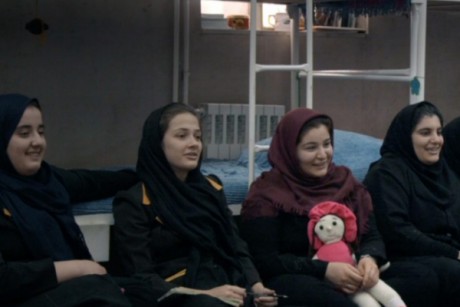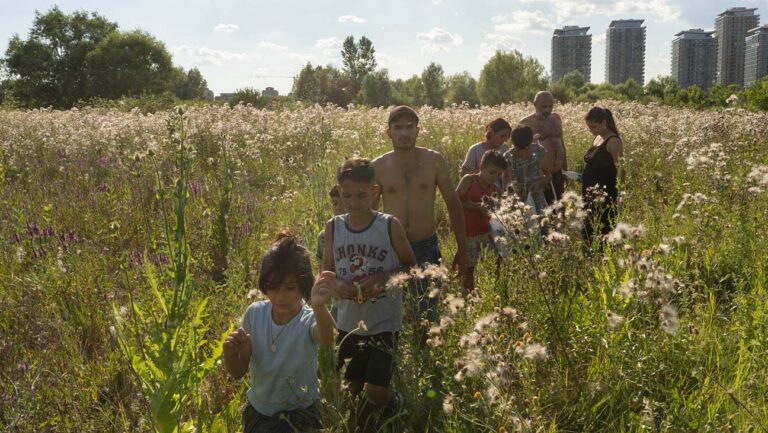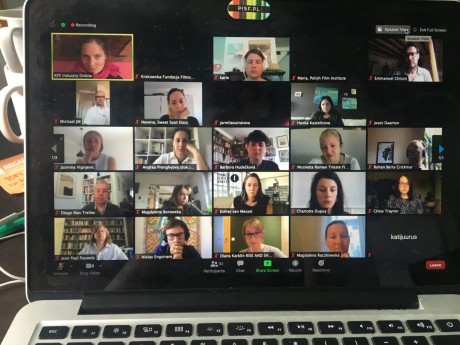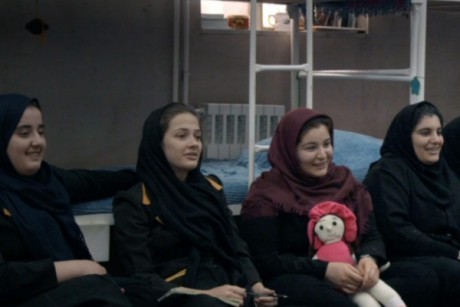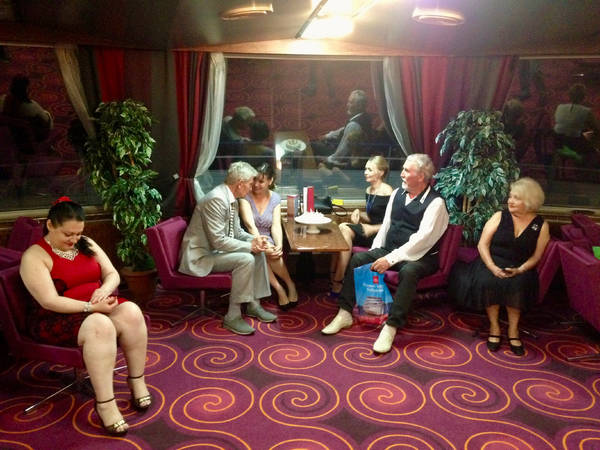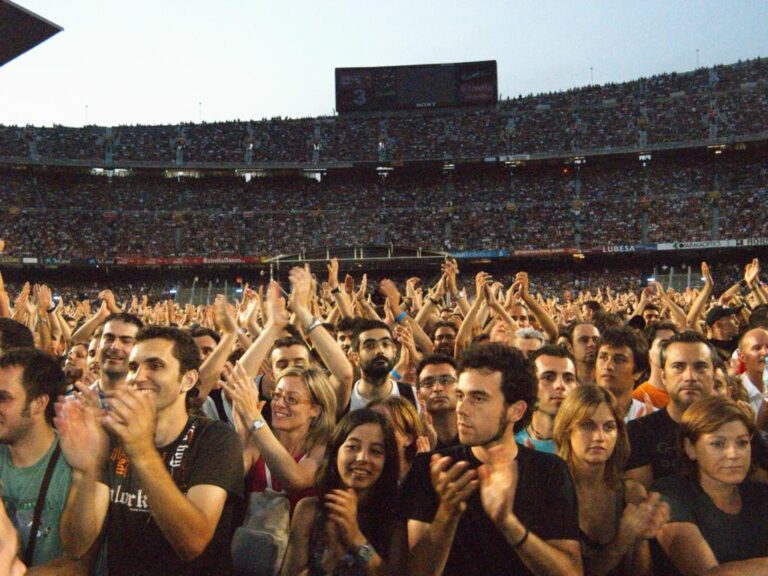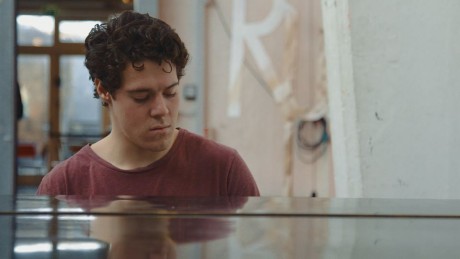


Biograffilm Festival Bologna
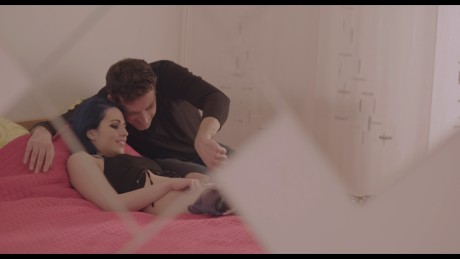
16th edition, June 5-15, with Finnish Leena Pasanen as the new director for a festival that has the subtitle ”International Celebration of Lives”. There is an international competition with 12 films (with films like Danish „It Takes a Family” by Susanne Kovács, ”Sing me a Song” by Thomas Balmes, ”The Earth is Blue as an Orange” by Iryna Tsilyk from Ukraine – and two Italian films that I have seen:
”Faith” by Valentina Pedicini, the opening film, a strong card to play by the new director; the film won the main award at DocsBarcelona, I saw it at IDFA and remembered ”the former Zelig student, who actually prepared the film, when she was in the school in Bolzano. She made a short film at that time, 11 years ago. “I was young at that time, 11 years later I felt mature enough to go deeper, stay longer at the place-“. And she did together with cameraperson Bastian Esser and his assistent Lucia Alessi – both of them also Zelig students…”. And I – teaching at the school – remember the three talents very well.
The other Italian film in competition is Francesco Cannavà’s “Because of my Body”, first film, produced by experienced Raffaele Brunetti, a film made with respect and care with two amazing characters. No need to give an annotation, as the one from the festival website is precise: “Because of a serious motor disability, Claudia cannot move without being helped by her mother. At the age of 20 she is still a virgin and wonders what sexual pleasure could possibly be like. But one day Marco, a Love Giver, comes into her life. Marco has just attended the first course to help disabled people to discover their own bodies and sexuality, an unprecedented event, on the margins of legality. Supported by a team of specialists, Claudia and Marco embark on a series of meetings which become ever more intimate. However, the project is subject to protocol which includes a rule that is difficult to enforce: never fall in love.”
Yes, the meetings become “ever more intimate”, sometimes challenging my modesty but it’s never flat, it is gentle and beautiful – show me my clitoris, one scene, painting the body, blue for what you don’t find appealing, another scene, red for sexually appealing, she drives her car in a fantastic scene that conveys her joy on her way to Marco, who more and more becomes “the one and only”. It’s not easy – the mother suffers, Claudia suffers as does Marco in a film full of life and fine moments.
There are 8 more Italian films being presented – in an Italian competition. I will be back with comments on a couple more.
